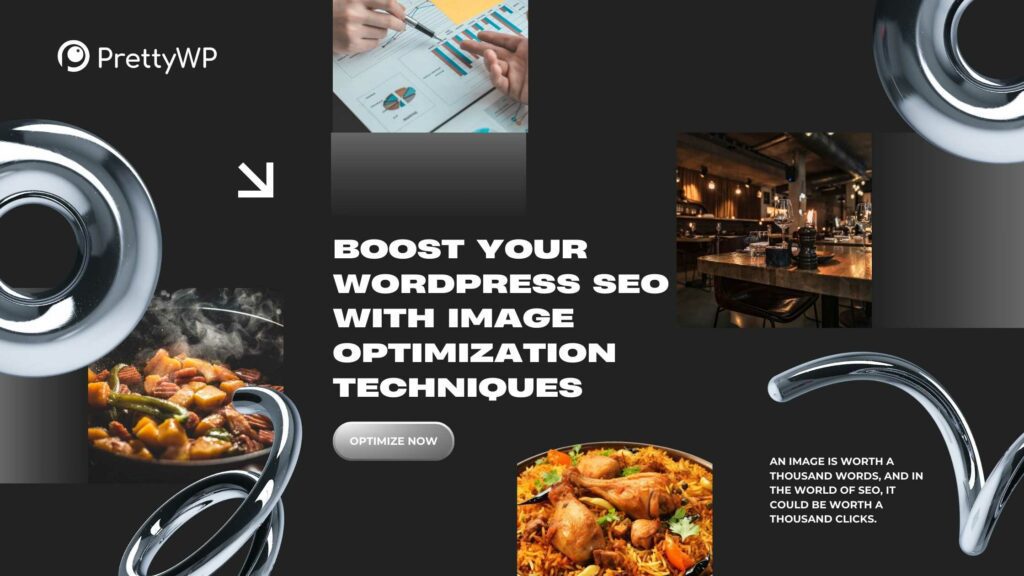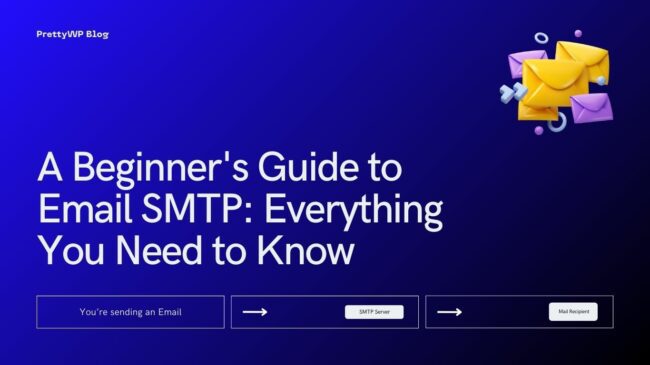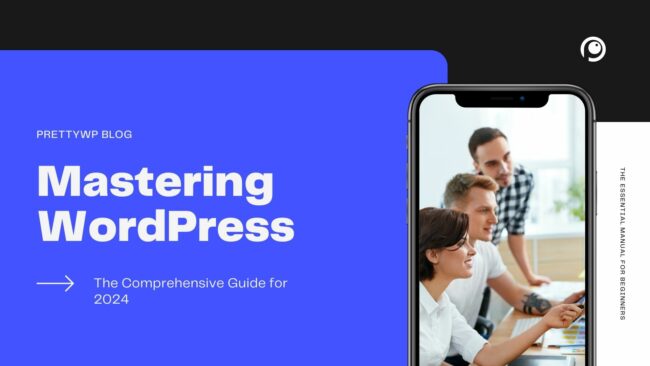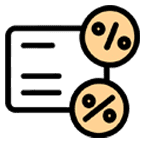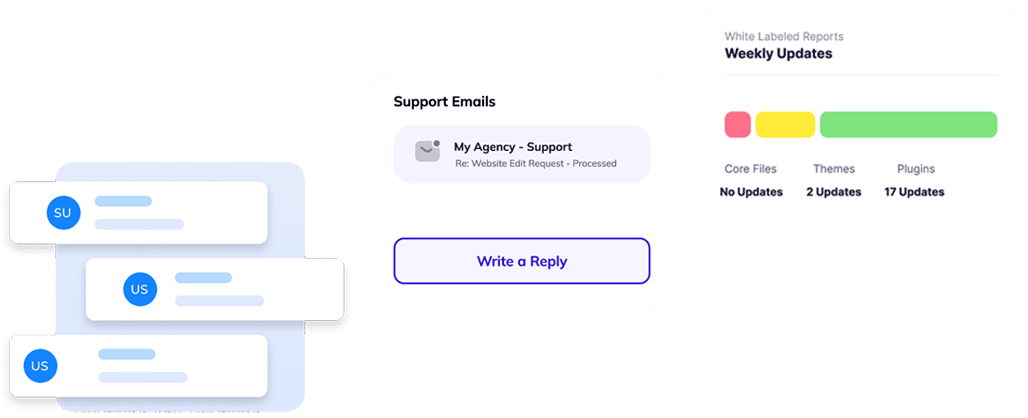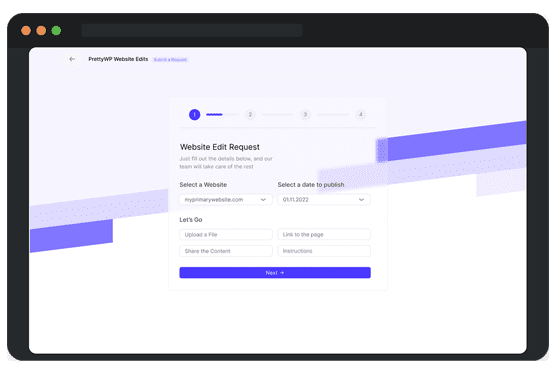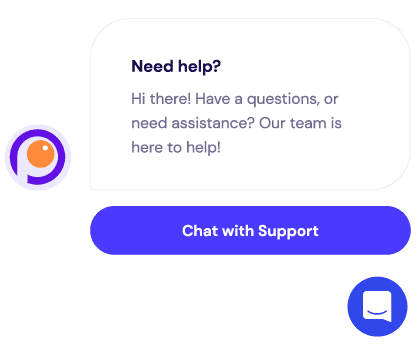Have you ever wondered how to optimize images for SEO on your WordPress site? If so, you’re certainly not alone. It’s a common question that perplexes many website owners, especially those new to the game. Don’t worry though – we’re here to guide you through the journey. In this article, you’ll find valuable insights, step-by-step instructions, and nifty tips on getting the best out of your images for SEO. Let’s dive in!
Image SEO on WordPress
Mastering image optimization for Search Engine Optimization (SEO) is a crucial part of running a successful website. Not only are you crafting visually appealing and engaging content for your audience, but you’re also striving to enhance your digital visibility in the highly competitive online space. Done right, image optimization can significantly amplify your website’s performance, boost its Search Engine Results Page (SERP) rankings, and augment the overall user experience. Here’s your guide on how to effectively utilize image SEO to maximize your WordPress site’s impact.
Understanding the Importance of Image Optimization
Perhaps you’re wondering, “Why even prioritize image optimization?” Well, you’re in good company because many website owners frequently ask the same question. The answer is simple yet profound – image optimization plays a pivotal role in improving your website’s SEO. Moreover, it improves a top-notch user experience that can boost website traffic and potential conversions. Curious? Let’s dive in for a closer look.
Images are a crucial part of your website content, often acting as visual gateways that persuade visitors to stay on your website. However, if these images are not properly optimized, they can drastically slow down your page’s loading times. Search engines like Google love speedy websites, and slower load times can hurt your site’s SEO, potentially pushing you down in search results. Image optimization plays a significant part in making your site more digestible for search engine crawlers, leading to improved website visibility and search engine ranking.
Beyond SEO, image optimization benefits your site’s visitors by providing a faster, smoother browsing experience. Large, unoptimized images can make pages load slowly, particularly for users with slower internet connections. By streamlining your images, for size and quality, you ensure that your content is accessible and enjoyable for all visitors, not just those with high-speed connections.
No doubt, image optimization for SEO is a crucial step in your website building process on WordPress. Now that you understand its importance let’s move forward and discuss how exactly you can optimize your images. Ready to jump in?
Choosing the Right Image Format
One of the first steps in ensuring your images are optimized for SEO is selecting the right image format. The format you choose can have a significant impact on the size of your image files, which directly affects website load times – a crucial factor in SEO. There are a few main formats to choose from: JPEG, PNG, and WebP.
JPEGs are ideal for complex images with a variety of colours, particularly photographs. They offer excellent compression options, trading off some image quality for a smaller file size. This is often not noticeable to the naked eye but can help your pages load faster.
PNGs, on the other hand, are best used for simpler images, such as logos or icons. This format supports transparency and generally offers sharper lines and crisper imaging than JPEGs, but produces larger file sizes. Therefore, use PNG sparingly and only when necessary.
WebP is a format that combines the best of both JPEG and PNG. It offers high-quality compression and support for transparency. WebP files are generally smaller than both JPEG and PNG, making them increasingly popular for web optimization strategies. However, not all browsers currently support this format, so it’s essential to have alternate formats available for those users.
Remember, the goal is to balance quality and performance. By choosing the right format for each image, you’ll keep your site visually appealing while ensuring it loads quickly and boosts your overall SEO.
Using Descriptive File Names to Boost Image SEO
To turbocharge your WordPress site’s SEO, make sure you’re using descriptive file names for your images. Instead of default names like “IMG_01.jpg”, give your images specific, keyword-rich names. For example, if your image features a recipe for Biriyani (we love biriyani), you might name the image “biriyani_recipe.jpg.” Search engines not only crawl the text on your webpage, but they also search for keywords within your image file names. Such an approach ensures your images contribute significantly to your site’s overall SEO strategy. However, remember to use hyphens, not underscores, between words in the file name, as search engine algorithms often read underscores as connecting the words together and can potentially misinterpret the meaning.
Image Alt Text Optimization
Now that you’ve got your image with an SEO-friendly file name, it’s time to focus on optimizing your image Alt Text. Also known as ‘alternative text’, it’s essentially a brief description of your image content, playing a crucial role in boosting your site’s SEO.
Search engines, while perusing your website, won’t be viewing your images; instead, they read the Alt Text associated with it. This provides them with the necessary context, hence, optimizing your Alt Text is a crucial step in making your site more accessible to visually impaired users and enabling search engines to better understand your image content.
To optimize your Alt Text, ensure you’re succinct yet descriptive, and keep it relevant to the image and the page’s content. Avoid keyword stuffing, rather use your primary keyword naturally. Remember, your ultimate goal is to improve the user experience, and search engines reward websites that do so effectively.
With WordPress, including Alt Text is seamless. When you upload an image, you’ll find an input for ‘Alternative Text’. Simply input your optimized description in this box, and WordPress will automatically assign this as your image’s Alt Text.
Optimizing Image Titles and Captions for SEO
First and foremost, let’s talk about the Image Titles. To put it simply, this is essentially the name you give to the image file on your site. It’s vital that you choose clear, concise, and descriptive titles to aid with SEO. Using relevant keywords within these titles not only highlights the content of the image but also improves the searchability of your site.
To optimize your image titles, follow these steps:
- Right-click on the image in the media library within your WordPress dashboard, then select ‘edit’.
- Under ‘Image Details’, you’ll find a space to insert a title. Make sure to include clear and descriptive language, incorporating relevant keywords.
- Finally, click ‘Update’ to save your changes.
Moving on to Image Captions, this is a brief, descriptive text that appears below the image. It not only informs your visitor about the image content but can also be used to improve SEO. Optimizing your captions using relevant keywords increases their discoverability in search engines.
Here’s how to optimize your image captions:
- Within your WordPress dashboard, click on an image in your Media Library.
- Find the ‘Caption’ field under the ‘Image Details’ and enter a brief, keyword-rich description.
- Once you’re done, just click ‘Update’ to save your changes.
By using these techniques, you’ll significantly improve your site’s visibility in search engine results, leading to increased traffic and engagement.
Reducing Image File Size for Faster Loading Speeds
Let’s take a moment to talk about file size. File size can significantly affect your website’s loading speed, hence it’s important for SEO. Generally, the larger the file size, the slower your website loads, which can frustrate your visitors and lead to higher bounce rates.
Reducing the file size of your images without compromising their quality, a process known as compression is an essential optimization technique. Many online tools can help with this, such as TinyPNG or JPEGMini.
With WordPress, there are plugins like Smush or EWWW Image Optimizer that can automatically optimize your images as you upload them, saving you valuable time. Choose one that suits your needs, install it, and allow it to compress your images.
By reducing image sizes, you’re not only providing a more enjoyable user experience with faster loading times but also sending positive signals to search engines, contributing to improved visibility and higher rankings.
Resizing Images for Responsive Design
When it comes to perfecting your WordPress site’s SEO, one important factor you can’t ignore is the optimization of images via resizing. Resizing your images for a responsive design not only improves the mobile-friendliness of your site but also directly impacts your SEO rank.
Start by understanding your website’s layout and its various breakpoints. This will inform you about the maximum image size needed for each layout. Next, always save your images in the dimensions they will be displayed on your site to prevent browsers from resizing them, which can slow down the page loading speed.
One of the handy tools in WordPress for image resizing is the built-in Media Editor. With this, you can manually change the dimensions of your images. However, for a more automated process, there are a lot of plugins available, such as ‘WP Smush’, ‘EWWW Image Optimizer’, and ‘ShortPixel’, which can assist in bulk resizing and optimizing images for SEO.
Remember, the aim is to find the sweet spot between size and quality. Too large, and your site slows down; too small, and the image quality suffers. Striking the right balance is key to maintaining fast loading speeds, ensuring high-quality visuals, and ultimately, boosting your SEO ranking.
Final Thoughts
It’s clear that optimizing images for SEO on your WordPress site is no longer an option but a necessity. SEO isn’t just about keywords and quality content, it’s also about enhancing the user experience. Thus, proper image optimization will not only boost your search rankings but also improve the overall performance of your site.
- Always aim for the best quality images with the smallest size for faster loading times.
- Don’t overlook the importance of proper file names and alt tags for your images.
- Remember that SEO-friendly images can be great sources of organic traffic to your site.
Finally, if you want to fully maximize your SEO efforts, image optimization should be a key part of your strategy. SEO can be complex, but by breaking it down into manageable parts like this, it becomes less complex. The time and effort you put in now will surely pay off in the long run. Keep experimenting, keep learning, and continue optimizing.
